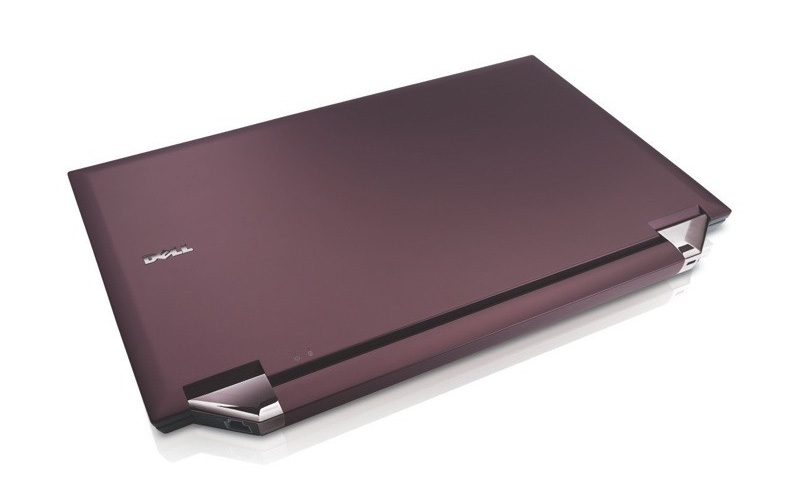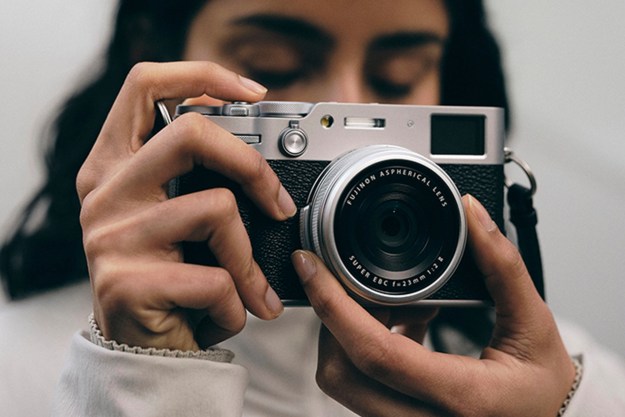
Digital camera maker Olympus has formally introduced its new E-P1 “Pen” camera, which the company is touting as the world’s smallest 12.3 megapixel camera with an interchangeable lens system—that’s right, the E-P1 will handle Micro Four-Thirds lenses…but the camera isn’t really a DSLR. And it touts a three-inch LCD display, shoots high definition video, and is barely bigger than a standard point-and-shoot camera. Olympus is hoping the E-P1 offers something for everyone: the ease-of-use of a traditional point and shoot, the spontaneity of a digital camcorder, and the image quality of a DSLR.
“The E-P1 is designed for the mobile, visual generation that lives active lives online and off, and its portability ensures that it will go with you wherever life takes you,” said Olympus Imaging America’s senior marketing manager John Knaur, in a statement. “The E-P1 truly allows you to capture it all with the highest still photo image quality blended with HD video, high-end audio, multiple exposure, and creative art filters in one small, stylish camera.”
The first Olympus PEN camera came out in 1959—and, obviously, it used that old-school technology called “film”—and set a new standard for capturing high-quality images with small-bodied cameras. Olympus is bringing back the name with the new E-P1…and isn’t skimping on the features, either. The E-P1 sports a 12.3 megapixel resolution, a 3-inch LCD viewscreen, in-body image stabilization, a dust reduction system, and Olympus’s new TruePic V image processor. The camera also sports built-in “creative” features like Grainy Film, Light Tone, Pin Hole, Pop Art, Soft Focus—and they can all be applied to both photos and HD video (in Motion JPEG format at up to 1,280 by 720 pixels—which it can also record with stereo sound). Filters can be applied either while shots are being taken or as part of post-processing.
The E-P1 also sports features like face tracking, a portrait mode for smoothing subject’s faces, 19 automatic scene modes, a digital leveler, magnified focus assist. The E-P1 saved to SD/SDHC media, and can push images and video out via HDMI for presentation on a big screen.
The E-P1 should be available in July at prices starting at $750 for a body-only kit; with an ED 14–42mm ƒ3.5/5.6 Zuiko Digital Zoom Lens the E-P1 will run $799.99, and with a ED 17mm ƒ2.8 with optical viewfinder it’ll run $899.99.
Editors' Recommendations
- Best camera deals: Save on DSLR, action cameras, point-and-shoot
- Amazon discounts this point and shoot Panasonic Lumix camera by $100
- Olympus OM-D E-M1 Mark III vs. OM-D E-M1X: High-performance flagships compared
- Panasonic Lumix S1H is the first full-frame camera that can shoot 6K video


